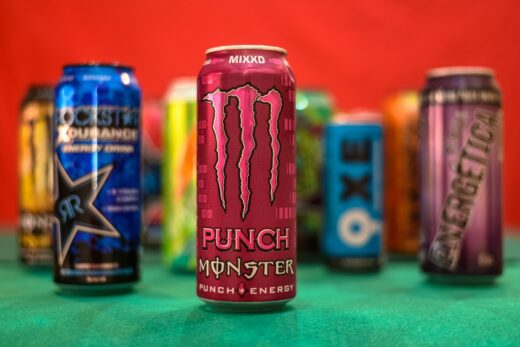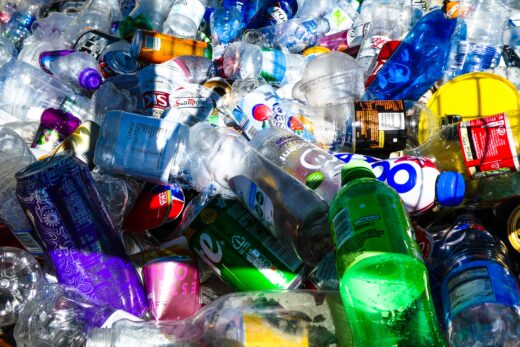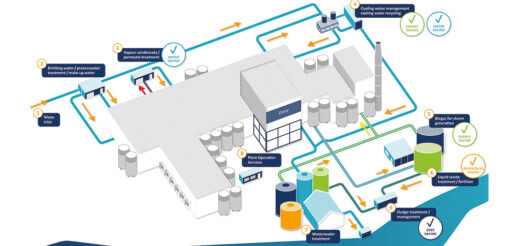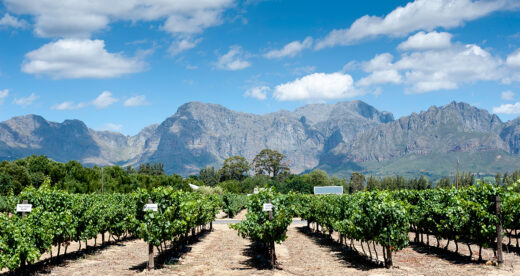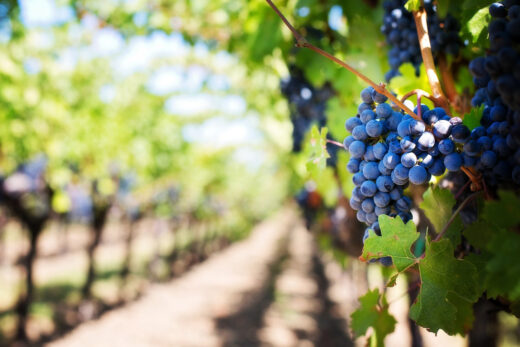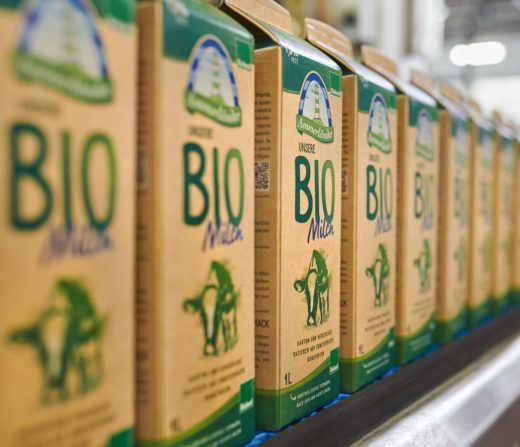Energy drink market in Thailand
As the fourth largest global market for energy drinks, Thailand’s energy drinks market has witnessed steady growth rates for a number of years in the past decade. Growth rates in this sub-segment of beverages have come down by a few percentage points, but the country remains one of the most important energy drinks markets in Asia.

